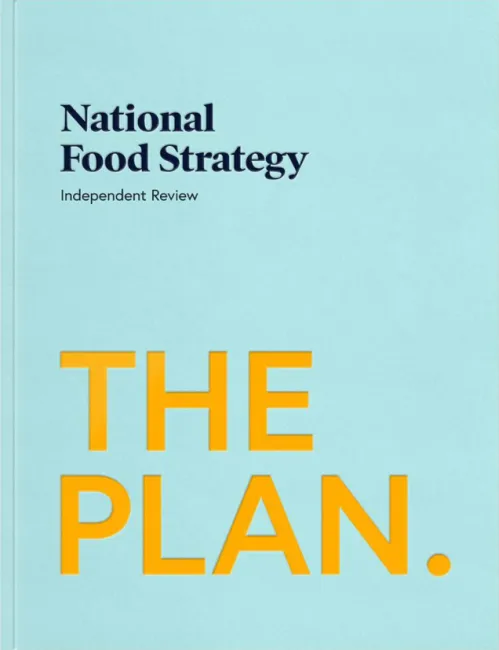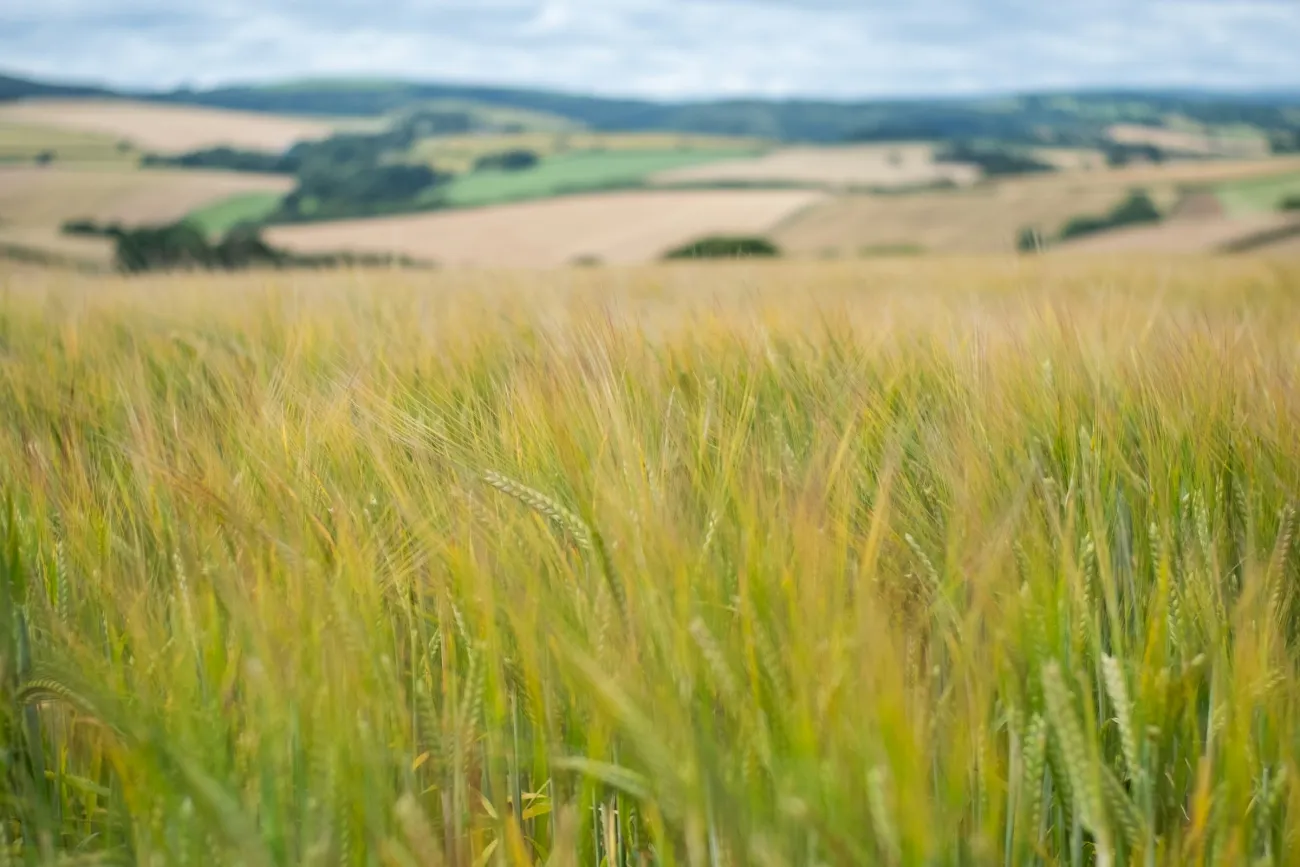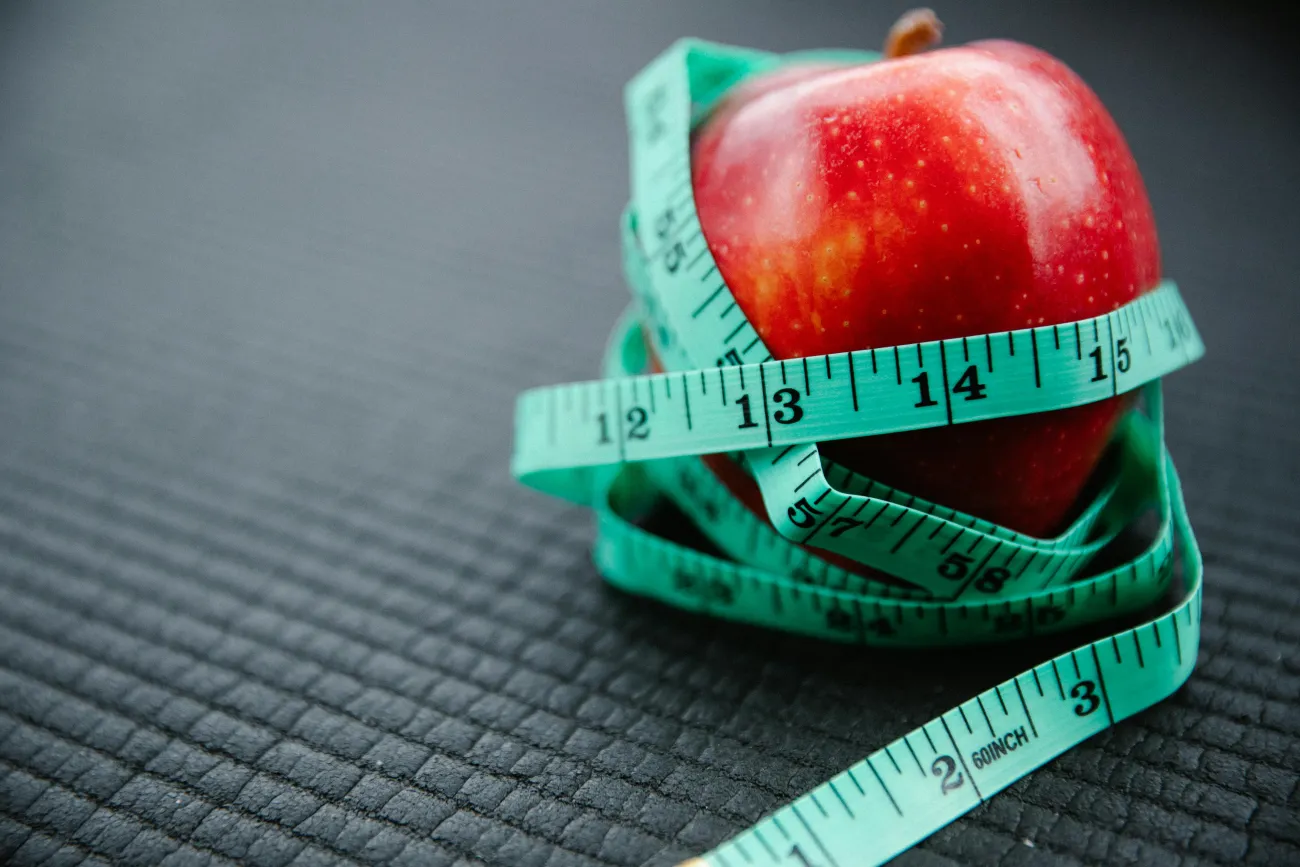The National Food Strategy, an independent review led by Henry Dimbleby for the UK Government, sets out a vision for the future food system, focusing primarily on England. Describing itself as “an interventionist strategy”, it aims to change diets between 2019 and 2032 to include 30% more fruit and vegetables, 50% more fibre, 25% less HFSS food (high in fat, sugar or salt), and 30% less meat (of all kinds).

The report draws on consultations with over 300 organisations as well as deliberative dialogues with citizens. Its policy proposals - set out in Chapter 16 of the report - are designed to be implemented over the next three years:
- Escape the “junk food cycle” and protect the NHS:
- Tax salt and sugar (at rates of £3/kg on sugar and £6/kg on salt) sold for use in processed foods or in catering, and use the proceeds to subsidise fresh fruit and vegetables for low-income families. The aim is to create a “level playing field” for food companies and thus break the vicious cycle in which it is difficult for any one company to reformulate its products without being undercut by competitors. Modelling suggests that the tax would lower average calorie intake by 15-38 kcal per person per day, enough to halt weight gain at the population level, as well as save 37,000–97,000 years of healthy life through reduction in diet-related diseases.
- Introduce mandatory reporting for large food companies. This would apply to companies with more than 250 employees and would cover sales of foods high in fat, sugar or salt (HFSS), protein (by type, country of origin and welfare or production method certifications), vegetables, fruit, as well as total sales of food and drink, sales of major nutrients (fibre, saturated fat, sugar and salt) and levels of food waste. The aim is to permit scrutiny of the food industry by Government and the public.
- Launch a new “Eat and Learn” initiative for schools including “sensory education” to introduce nursery and reception classes to new foods and flavours, and a reinstated Food A Level (which was ended in 2016).
- Reduce diet-related inequality
- Extend eligibility for free school meals to include all children from households earning less than £20,000 per year, since the current threshold of £7400 means that many hungry children do not qualify. The change would make an additional 1.1 million children eligible.
- Fund the Holiday Activities and Food programme for the next three years, to provide meals to children at risk of hunger during the holidays as well as providing social contact and activities, which is likely to be beneficial following the disruption of COVID-19.
- Expand the Healthy Start scheme for vouchers for fruit, vegetables and milk available to low-income pregnant women and families with young children, to increase the earnings threshold to £20,000 and increase the age threshold for young children from four to five years. This will bridge the current gap in support between the Healthy Start scheme and free school meals. Funding will come from the proposed salt and sugar tax.
- Trial a “Community Eatwell” Programme, supporting those on low incomes to improve their diets. This would give doctors the option to prescribe fruit, vegetables, food education and social support to patients experiencing poor diet or food insecurity.
- Make the best use of land
- Guarantee the budget for agricultural payments until at least 2029 to help farmers transition to more sustainable land use. Around one third of payments should go towards activities that sequester carbon and conserve nature.
- Create a Rural Land Use Framework based on the “three compartment model”: a balance of semi-natural land (to conserve nature), low-yield farmland (using agroecological techniques and protecting certain wildlife habitats that rely on human influence) and high-yield farmland (producing large amounts of food using technologies such as robotics and artificial intelligence to avoid environmental damage). This balance aims to be a synthesis of both land-sparing and land-sharing approaches.
- Define minimum standards for trade, and a mechanism for protecting them. Specifically, the Government should only cut import tariffs on food that meet “core standards” on climate change, environmental, ethical and animal welfare measures.
- Create a long-term shift in food culture.
- Invest £1 billion in innovation to create a better food system, with priorities including reformulating processed foods, vertical farming, precision fermentation and other alternative proteins, agroecological farming methods, methane reduction for livestock, and fruit and vegetable growing.
- Create a National Food System Data programme to collect and share data to help businesses and other organisations track progress and plan ahead.
- Strengthen Government procurement rules to ensure that taxpayer money is spent on healthy and sustainable food, using an updated reference diet and by helping smaller food producers supply public buyers using a new type of online procurement system. (Read a TABLE blog post on dynamic procurement for public contracts in the UK here: Creating new opportunities for small farmers through dynamic purchasing.)
- Set clear targets and bring in legislation for long-term change (a framework is illustrated on p163 of the report).
Media coverage and reactions include:
- Close but no cigar: the National Food Strategy fails to tackle corporate control of our food system by Feedback
- Our Exec Director’s initial response to the National Food Strategy by the Food Ethics Council
- Ultra-processing is the new frontier in public health policy—reflections on the National Food Strategy by The BMJ
- Eating Better alliance welcomes landmark new report by Eating Better
- National Food Strategy calls for historic reform to the food system by Sustain
- LEAP welcomes the National Food Strategy by the Oxford Livestock, Environment and People (LEAP) programme.
- What is the National Food Strategy and how could it change the way England eats? in The Conversation
- Henry Dimbleby’s National Food Strategy reveals a disdain for the poor in Politics.co.uk
- National Food Strategy Part 2: positive but chances missed by Food Manufacture
- Food industry reacts to National Food Strategy by Fresh Produce Journal
- National Food Strategy: Tax sugar and salt and prescribe veg, report says by BBC News
- Nesta's response to the National Food Strategy
- AHDB Response to the National Food Strategy
- The Sustainable Food Trust welcomes historic Dimbleby report
Read the full report, National Food Strategy Independent Review: The Plan, here or here (PDF link). See also the TABLE explainer What can be done to shift eating patterns in healthier, more sustainable directions?




Comments (0)